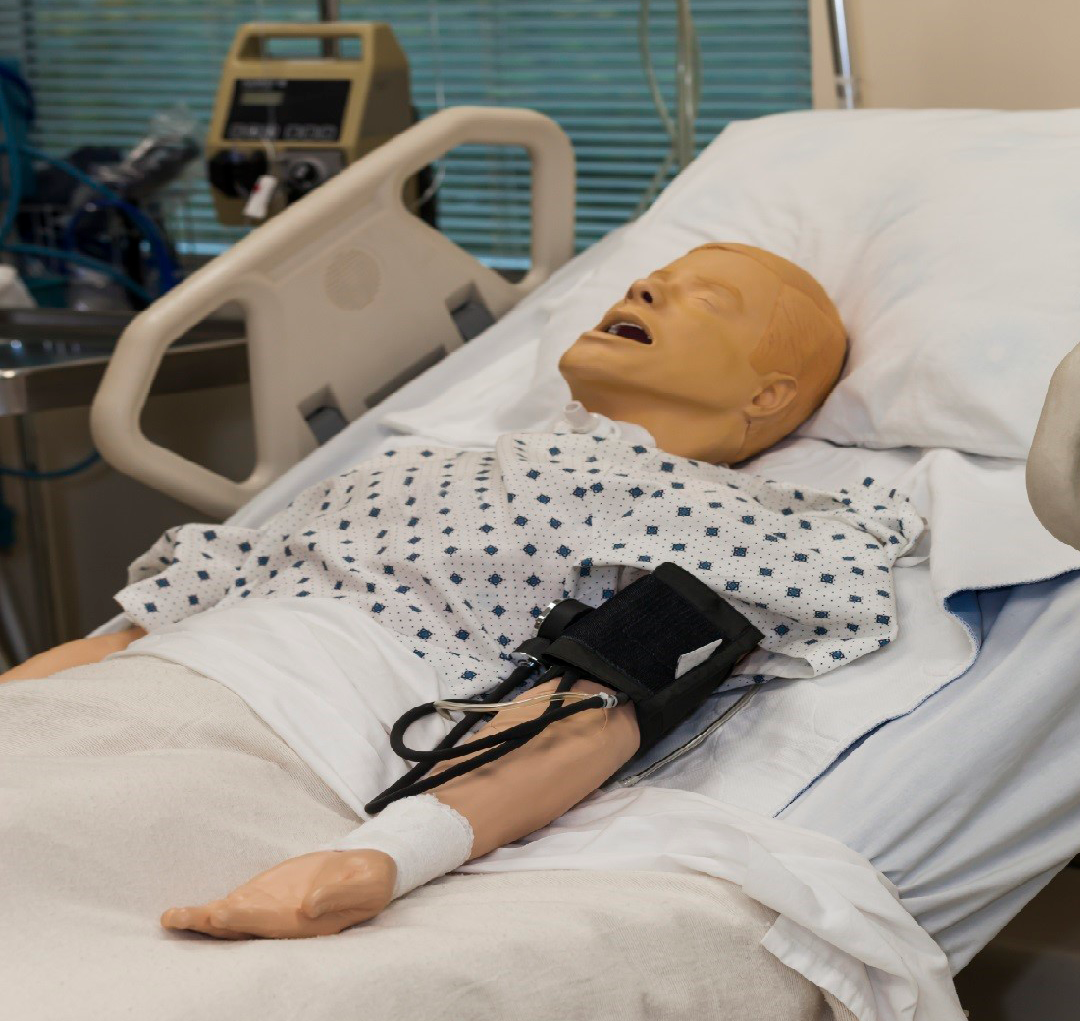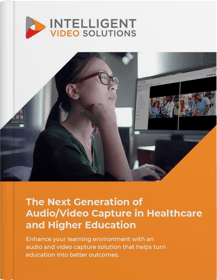What do you think of when you hear the word simulation? I bet something with a high-fidelity simulator. According to the Society for Simulation in Healthcare, simulation is a technique to replace or amplify real patient experiences, artificially contrived, that evokes or replaces substantial aspects of the real world in a fully interactive manner. Yes, simulation can include high-fidelity simulators and it is so much more. Simulation incorporates realism into education. Below is an overview of simulation modalities and tips for choosing a modality based on what you want simulation participants to learn.
First, the most common feature of simulation is a high-fidelity simulator. High-fidelity simulators are realistic full-body manikins that mimic, at a very high level, human body functions. This includes breathing, pulses, a variety of sounds (heart, lung, bowel), talking, IV placement, intubation, etc. High-fidelity simulators are a must to build realistic, interactive scenarios. But again, high-fidelity simulators are just one form of simulation.
Another form of simulation includes task trainers or skill trainers, which are typically used for skill training as they include key elements of a procedure or skill. Examples include central line training, intravenous placement, airway management, or lumbar puncture. This type of simulation is realistic but does not include high-level human body functions like a high-fidelity manikin. However, task trainers combined with other simulation modalities to practice hands-on techniques that other forms of simulation lack, create a more realistic experience for learners.
Another type of simulation is Standardized Patients or Simulated Patients (SP), which are actors or actresses trained to simulate physical or emotional characteristics of a real patient’s medical diagnosis in a consistent and realistic manner. Standardized Patients help simulation participants gain competency in taking medical histories, performing physical examinations, and making correct diagnoses. Standardized Patients also portray family members or staff members who participants may need to communicate with. Essentially, Standardized Patients provide participants and practicing healthcare professionals the opportunity to obtain more practice, observations, and feedback otherwise not available throughout their training.
Another form of simulation is “wet labs” or the use of specimens or hazardous materials such as cadavers, animal tissues, or other realistic elements. This type of simulation is typically used for surgical practice or other hands-on training where realistic material is needed.
Lastly, the newest form of simulation is virtual reality (VR), which uses computer technology to create a three-dimensional interactive environment. VR may include virtual patients, virtual reality task trainers, augmented reality, immersive virtual reality, avatars, etc. Typically, this form of simulation uses special interactive devices such as goggles, headsets, gloves, or body suits to increase the sensory stimuli. This type of simulation is used to tour new spaces not physically built yet, interact with patients, and experience changing viewpoints and perspectives.
Simulation comes in a variety of modalities and as a facilitator or educator, it’s important to choose the appropriate modality for the education you want to provide. For instance, if your education objective includes communication, you may want to use a Standardized Patient and not a high-fidelity manikin or task trainer. On the other hand, if your education objective is to practice intravenous placement, a task trainer or high-fidelity manikin are likely better modalities than a Standardized Patient. Know your objectives first, so you choose a modality based on your intended learning rather than choosing your intended learning based on what modalities are available.
Again, it goes back to what simulation is - a technique to replace or amplify real patient experiences, artificially contrived, that evokes or replaces substantial aspects of the real world in a fully interactive manner. And for this to occur you must choose the correct modality for your simulation.
Click the link below to find out how the right audio/video capture solution enhances healthcare training and higher education.









